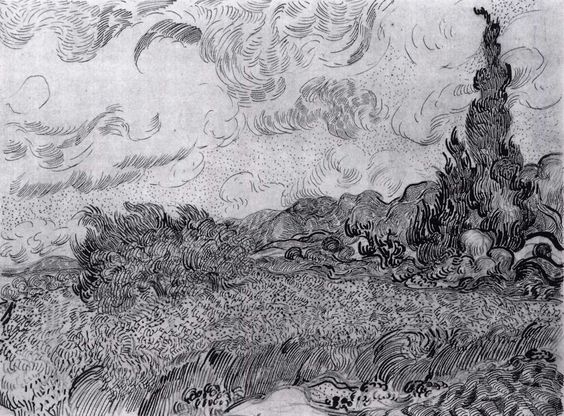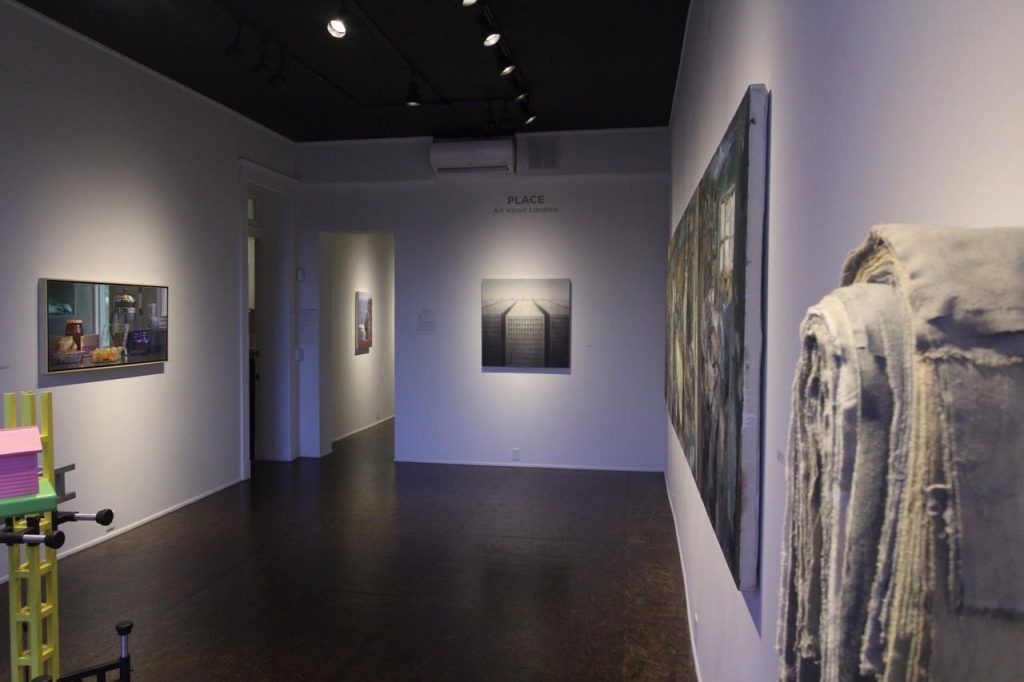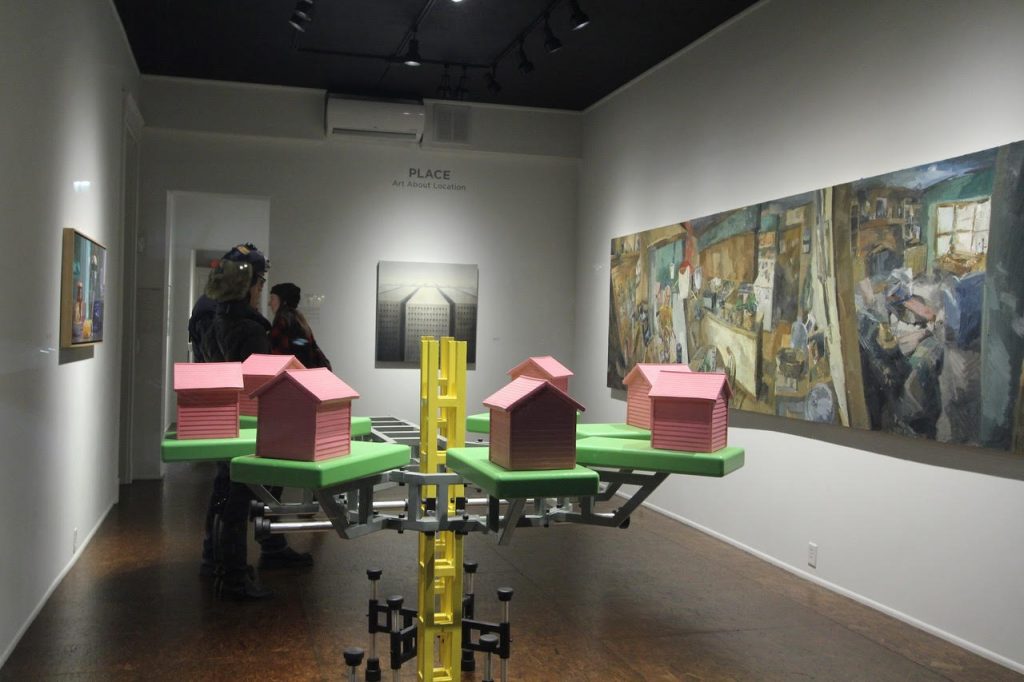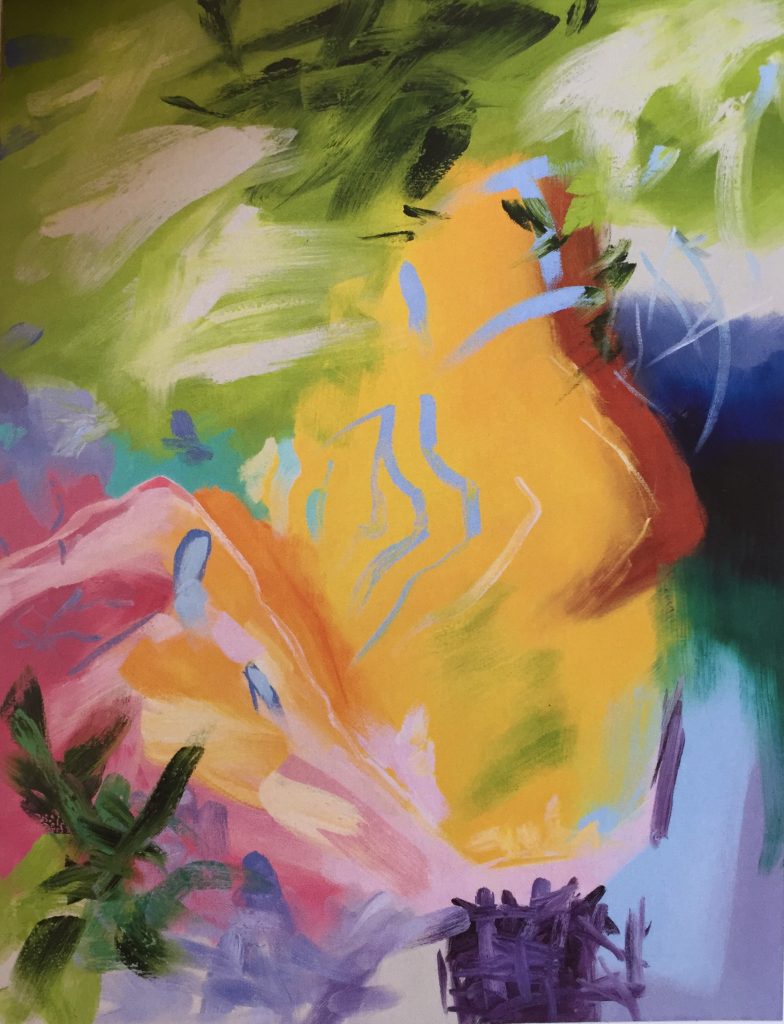Happy Birthday, Vincent

the painting life

 Still Life with Golden Raspberries, oil on linen, on view in “PLACE” at Manifest Gallery in Cincinnati. I was very pleased to be invited to show at Manifest again this year. All of the shows there right now look excellent. Photos courtesy Jason Franz at Manifest.
Still Life with Golden Raspberries, oil on linen, on view in “PLACE” at Manifest Gallery in Cincinnati. I was very pleased to be invited to show at Manifest again this year. All of the shows there right now look excellent. Photos courtesy Jason Franz at Manifest.

Libica, Elise Ansel, oil on linen
During my tour of the L.A. Art Show in January, a glimpse of Elise Ansel’s work from a distance reeled me into the Ellsworth booth about as quickly and effectively as anything I spotted in my tour of the entire fair. It was a small study based on a Poussin painting, reducing the original image to an abstract expressionist composition full of perfectly harmonized, intensely saturated tones with areas that looked as if the paint went straight from tube to canvas. If I had seen Ansel’s work before, and I may have, in a more absent frame of mind, it didn’t draw me in. This time, as I stood before that little study, I felt about as pleased as if I’d just stumbled upon the largest chocolate egg in a hunt on Easter morning. (Most of the work in the fair was a lot less stunning, therefore exceptional work tended to stand out even more powerfully than it would have done in a curated show. I had the same reaction to Kim Cogan’s small paintings a few booths away.) Barry Ellsworth, the gallerist, was staffing his own booth and told me a little about Ansel when I asked who’d done the painting, and he mentioned that she was also represented by Danese/Corey where, about a week ago, I discovered that Ansel has a new solo show. For anyone interested in seeing her work first-hand, the work will be on view in Chelsea for another ten days and includes some paintings even more remarkable than what I saw in California.
Ansel’s images are compelling for two reasons. First is the luxuriance of her rich, intense color, creating harmonies that feel both inevitable, yet freshly unpredictable, and sensuously felt. Her color is both inviting and beautiful. Matisse would have enjoyed these paintings, though it was Picasso who was more inclined to rework the occasional Old Master in his own idiom. She reprises images from Rubens or Veronese or Michelangelo, taking the original painting as an occasion to build a spontaneous, rapid translation of the historical painting’s colors into a contemporary calligraphic abstraction, freeing the colors of the original to overwhelm the original artist’s intent and completely define the new image. What she retains, though, is the original painting’s spiritual energy submerged into the libidinous pleasure of her color—the lyrics of the source are gone, as it were, and only the melody remains.
Second, she works essentially as an abstract expressionist, building flat patterns of various tones, and yet she’s able to convey a sense of great volume and space, a depth of field that has nothing MORE